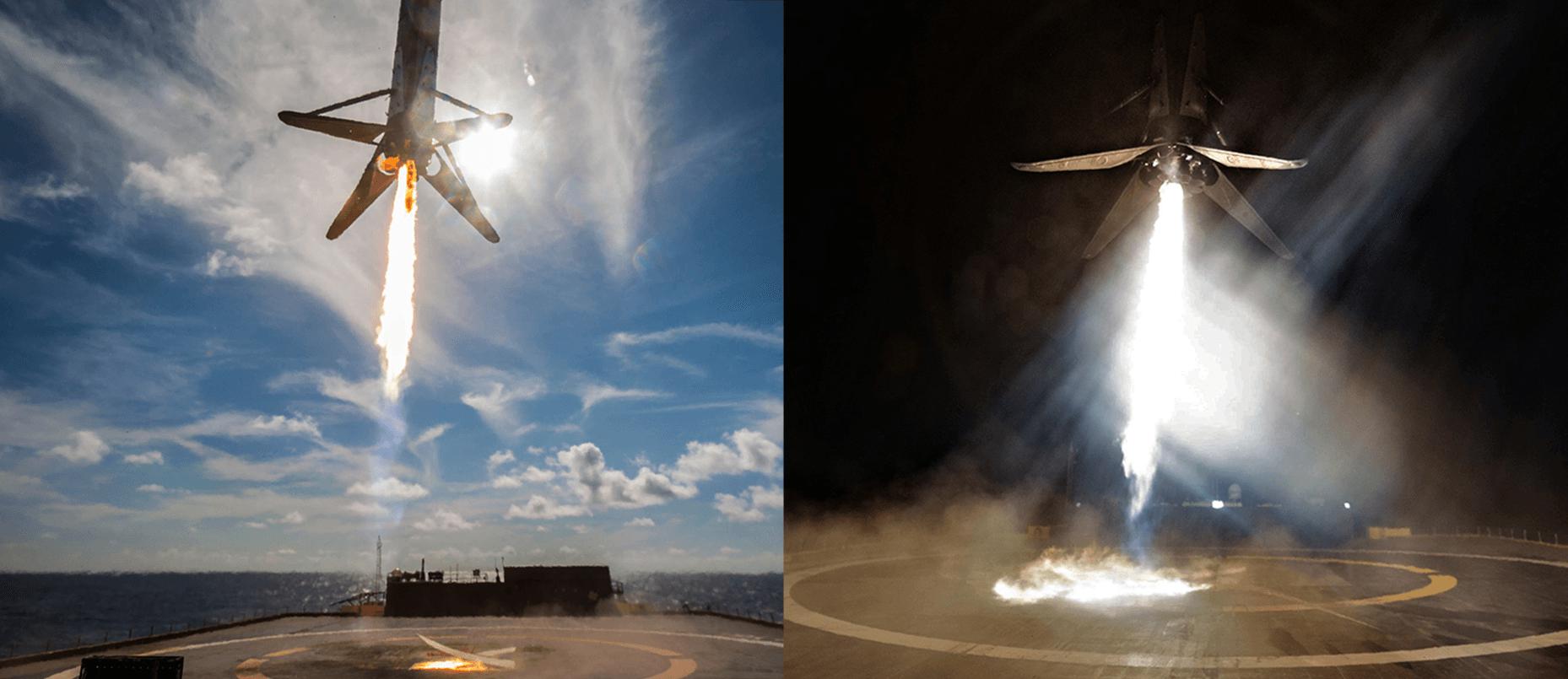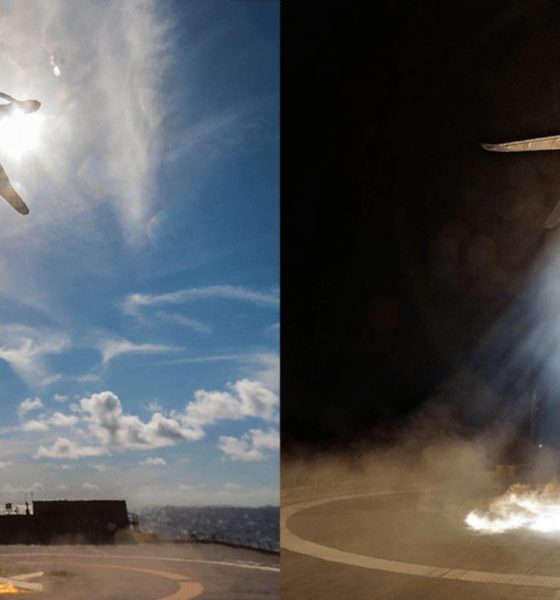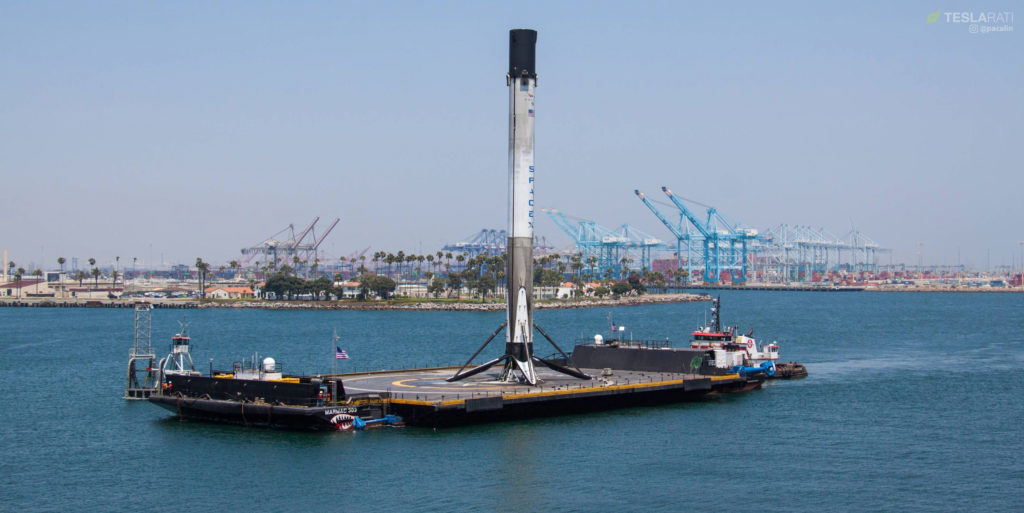Major SpaceX customer Iridium has set an official target date for its eighth and final Iridium NEXT launch, expected to fly on a flight-proven Falcon 9 Block 5 booster as early as December 30th.
With Iridium-8 now tentatively on SpaceX’s launch manifest, the company’s West Coast schedule appears to have stabilized with two more orbital missions before the end of 2018 – Spaceflight Industry’s SSO-A rideshare mission will aim for the second half of November while Iridium-8 will likely be the last global launch of 2018 if it sticks to its December 30 target.
It’s taken awhile, but finally have a schedule for the final launch #8 of Iridium NEXT! 8:38am pst on December 30th – we’ll have the satellites, SpaceX assures us the flight proven rocket will be ready, and VAFB is ready to ring in the New Year with us! #ThePartyWillBeEpic pic.twitter.com/vQPPeSKm0P
— Matt Desch (@IridiumBoss) October 18, 2018
Iridium CEO Matt Desch was happy to offer a few additional details after tweeting Iridium-8’s targeted launch date and confirmed that – despite original estimates to the contrary – the mission would launch on flight-proven Falcon 9 booster B1049.2. He also stated that the booster would attempt to land on SpaceX drone ship Just Read The Instructions after launch, passing up a Return-to-Launch-Site (RTLS) recovery at the freshly-coronated Landing Zone 4 (LZ-4) due to the significant weight and suboptimal trajectory of Iridium’s payload.
Barring unexpectedly heavy payloads, high-energy orbits, or new launch contracts, it’s probable that Iridium-8 will be the company’s last drone ship rocket recovery on the West Coast for at least a year, if not longer. The only unknown is whether SpaceX needs to or is able to launch during harbor seal pupping season, lasting from March to June – if that environmental concern can be sidestepped or altogether avoided, there may be no reason for Just Read The Instructions to remain in California when the drone ship could instead move to Florida and immediately facilitate faster launch cadence or support Falcon Heavy missions that could benefit from multiple booster landings at sea.
- B1048 returns to port on drone ship JRTI after its successful July 2019 launch debut. (Pauline Acalin)
- It’s second landing marked the debut of SpaceX’s LZ-4 landing zone. B1048 may be a prime candidate for SpaceX’s first triple booster reuse. (SpaceX)
According to CEO Elon Musk and other executives, SpaceX is already building a third autonomous spaceport drone ship (ASDS) for the same reasons, to be named A Shortfall of Gravitas (ASOG) upon completion. Earlier this summer, Musk stated that the new vessel could be completed as early as summer of 2019, although he has since also stated that the first full BFR launches may take place on a floating platform somewhere off the coast of the US, increasing the probability of SpaceX delaying ASOG’s construction to allow for future use as both a launch and landing platform.
Probably ships next summer
— Elon Musk (@elonmusk) July 28, 2018
Triple booster reuse on the horizon
Returning to SpaceX’s Q4 2018 Vandenberg launch manifest, its launch of Spaceflight Industry’s SSO-A rideshare mission is expected to occur sometime next month and will likely be SpaceX’s second-to-last launch before the year is out. Notably, SpaceX executive Hans Koenigsmann recently suggested that SSO-A may end up playing host to the company’s first attempt to launch the same Falcon 9 booster three times. All previous Falcon 9 reuses have been the rockets’ second launches and typically saw SpaceX expend the booster in the ocean rather than recover it and attempt refurbishment for a third launch.
Falcon 9 Block 5, however, included a huge number of upgrades to the rocket’s overall stamina and reusability, theoretically raising the number of potential flights per booster from 10-100. Examined generally, moving from two to three flights per booster may seem inconsequential. The reality, however, is that the first true confirmation of the success or failure of SpaceX’s Falcon 9 Block 5 upgrade will be whether a Block 5 booster is able to safely complete three missions and do so with relative ease.
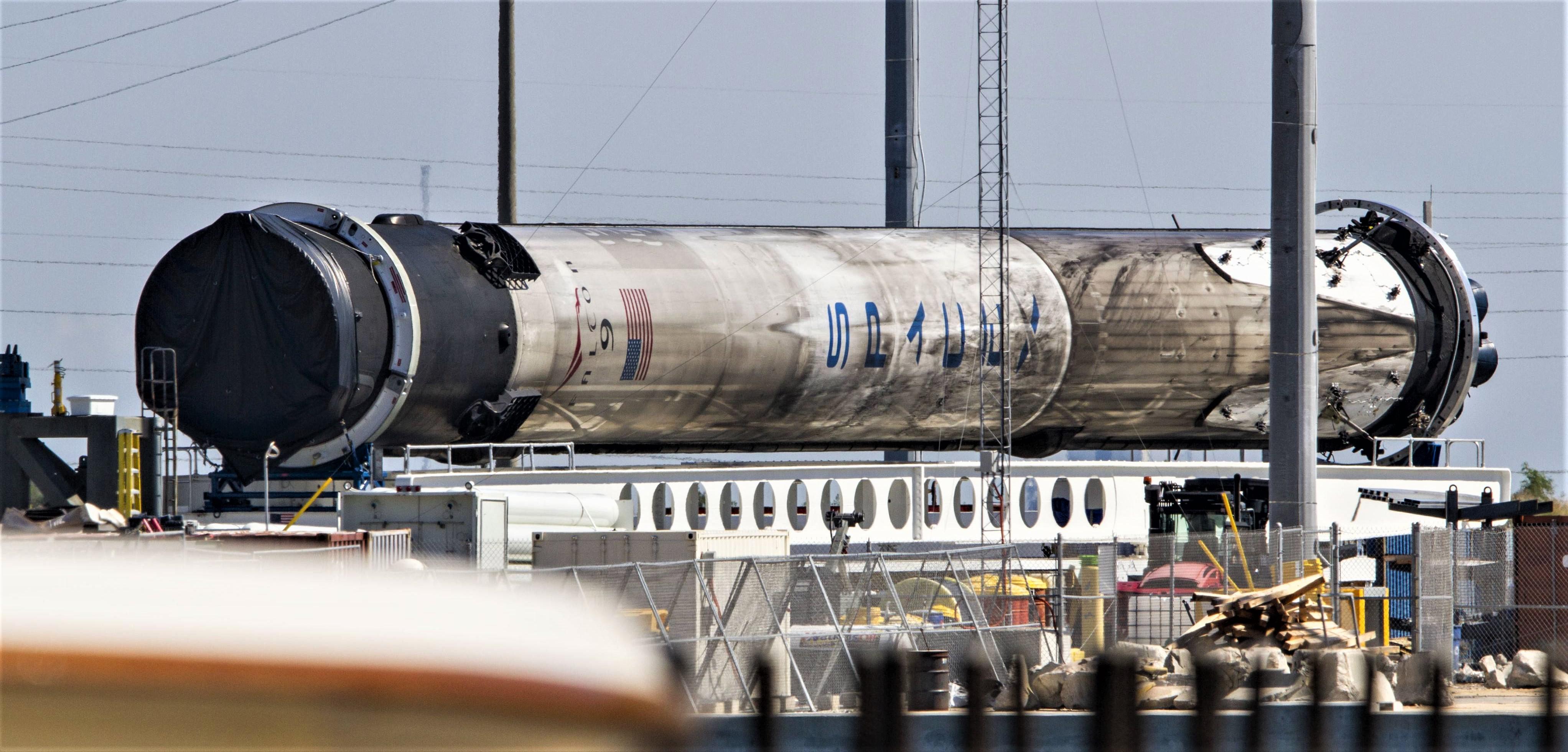
As SpaceX technicians and engineers gradually gain confidence with the new rocket iteration, debuted less than six months ago, the focus will eventually move from cautiously methodical design validation to rapid booster turnaround, eventually culminating in something approximating the 24-hour first stage reuse Musk challenged his company to achieve before 2019 is out. Ultimately, the third launch of a single Falcon 9 Block 5 booster will be the biggest step yet towards SpaceX’s ultimate goal of rapidly and affordably reusable orbital-class rockets.
For prompt updates, on-the-ground perspectives, and unique glimpses of SpaceX’s rocket recovery fleet check out our brand new LaunchPad and LandingZone newsletters!

Elon Musk
Elon Musk gives nod to SpaceX’s massive, previously impossible feat
It was the booster’s 30th flight, a scenario that seemed impossible before SpaceX became a dominant force in spaceflight.
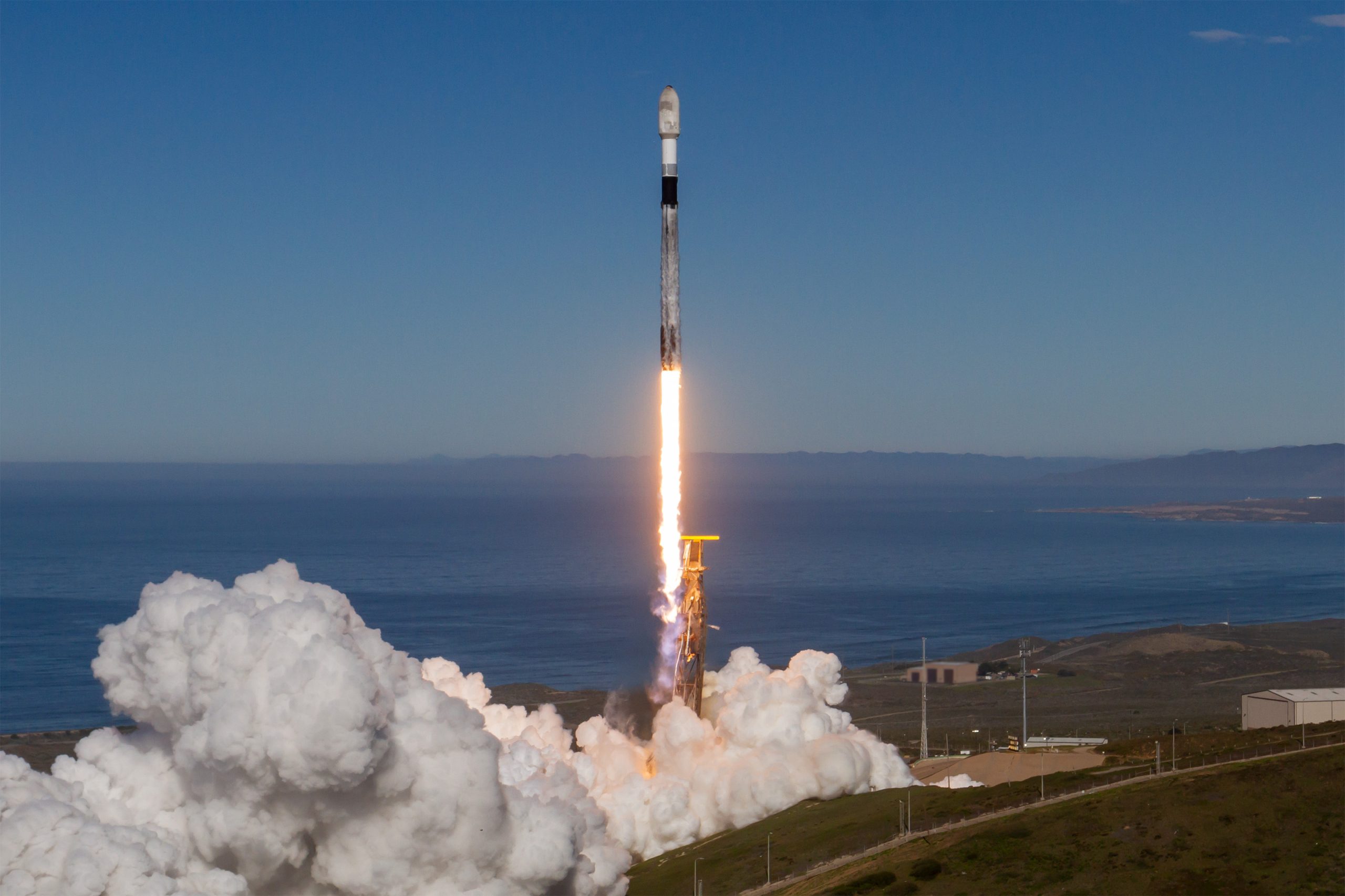
Elon Musk gave a nod to one of SpaceX’s most underrated feats today. Following the successful launch of the Transporter-15 mission, SpaceX seamlessly landed another Falcon 9 booster on a droneship in the middle of the ocean.
It was the booster’s 30th flight, a scenario that seemed impossible before SpaceX became a dominant force in spaceflight.
Elon Musk celebrates a veteran Falcon 9 booster’s feat
SpaceX completed another major milestone for its Smallsat Rideshare program on Friday, successfully launching and deploying 140 spacecraft aboard a Falcon 9 from Vandenberg Space Force Base. The mission, known as Transporter-15, lifted off two days later than planned after a scrub attributed to a ground systems issue, according to SpaceFlight Now. SpaceX confirmed that all payloads designed to separate from the rocket were deployed as planned.
The Falcon 9 used for this flight was booster B1071, one of SpaceX’s most heavily flown rockets. With its 30th mission completed, it becomes the second booster in SpaceX’s fleet to reach that milestone. B1071’s manifest includes five National Reconnaissance Office missions, NASA’s SWOT satellite, and several previous rideshare deployments, among others. Elon Musk celebrated the milestone on X, writing “30 flights of the same rocket!” in his post.
Skeptics once dismissed reusability as unfeasible
While rocket landings are routine for SpaceX today, that was not always the case. Industry veterans previously questioned whether reusable rockets could ever achieve meaningful cost savings or operational reliability, often citing the Space Shuttle’s partial reusability as evidence of failure.
In 2016, Orbital ATK’s Ben Goldberg argued during a panel that even if rockets could be reusable, they do not make a lot of sense. He took issue with Elon Musk’s claims at the time, Ars Technica reported, particularly when the SpaceX founder stated that fuel costs account for just a fraction of launch costs.
Goldberg noted that at most, studies showed only a 30% cost reduction for low-Earth orbit missions by using a reusable rocket. “You’re not going to get 100-fold. These numbers aren’t going to change by an order of magnitude. They’re just not. That’s the state of where we are today,” he said.
Former NASA official Dan Dumbacher, who oversaw the Space Launch System, expressed similar doubts in 2014, implying that if NASA couldn’t make full reusability viable, private firms like SpaceX faced steep odds.
Elon Musk
SpaceX’s Starship program is already bouncing back from Booster 18 fiasco
Just over a week since Booster 18 met its untimely end, SpaceX is now busy stacking Booster 19, and at a very rapid pace, too.
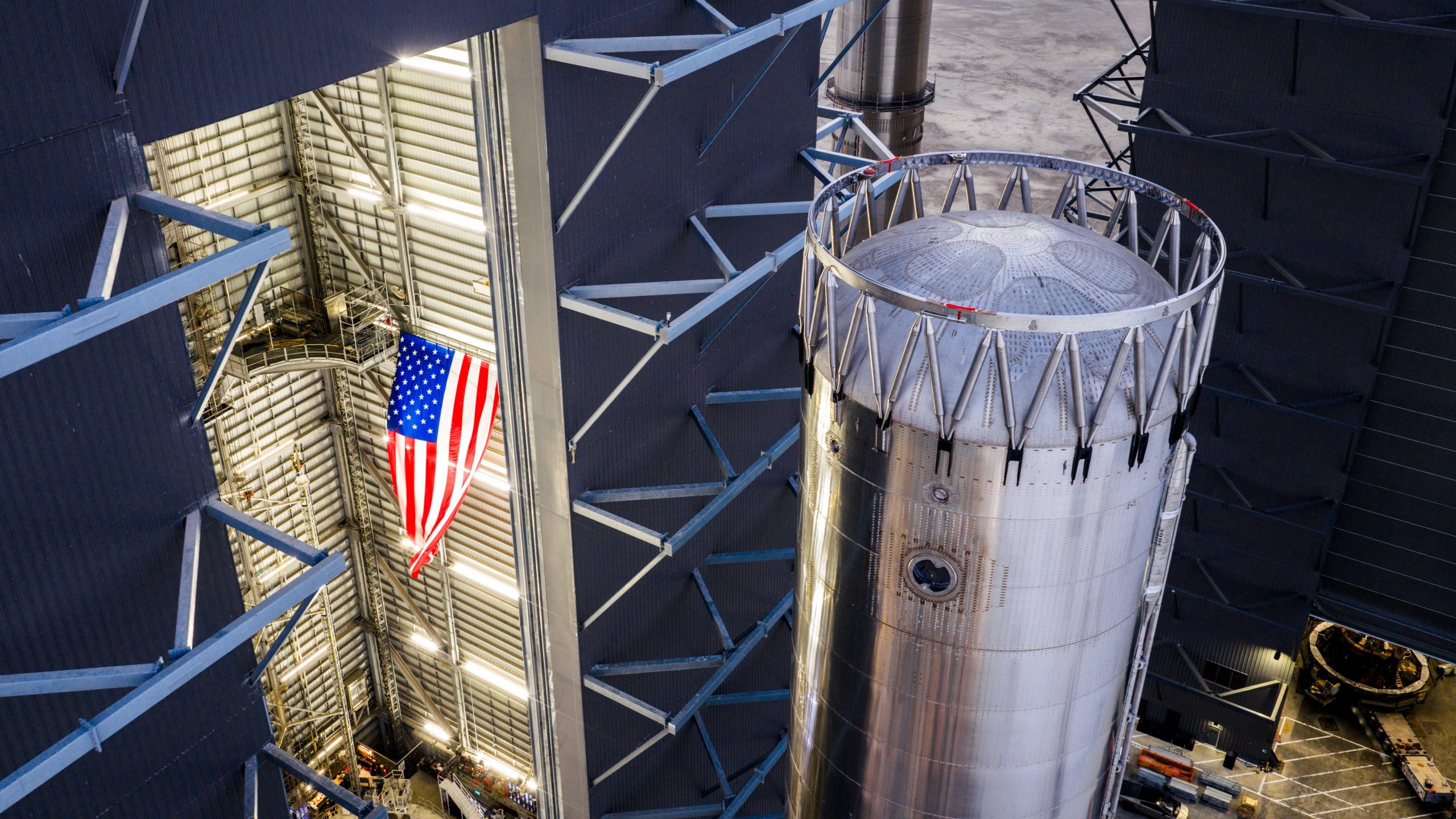
SpaceX is already bouncing back from the fiasco that it experienced during Starship Booster 18’s initial tests earlier this month.
Just over a week since Booster 18 met its untimely end, SpaceX is now busy stacking Booster 19, and at a very rapid pace, too.
Starship V3 Booster 19 is rising
As per Starbase watchers on X, SpaceX rolled out the fourth aft section of Booster 19 to Starbase’s MegaBay this weekend, stacking it to reach 15 rings tall with just a few sections remaining. This marks the fastest booster assembly to date at four sections in five days. This is quite impressive, and it bodes well for SpaceX’s Starship V3 program, which is expected to be a notable step up from the V2 program, which was retired after a flawless Flight 11.
Starship watcher TankWatchers noted the tempo on X, stating, “During the night the A4 section of Booster 19 rolled out to the MegaBay. With 4 sections in just 5 days, this is shaping up to be the fastest booster stack ever.” Fellow Starbase watcher TestFlight echoed the same sentiments. “Booster 19 is now 15 rings tall, with 3 aft sections remaining!” the space enthusiast wrote.
Aggressive targets despite Booster 18 fiasco
SpaceX’s V3 program encountered a speed bump earlier this month when Booster 18, just one day after rolling out into the factory, experienced a major anomaly during gas system pressure testing at SpaceX’s Massey facility in Starbase, Texas. While no propellant was loaded, no engines were installed, and no one was injured in the incident, the unexpected end of Booster 18 sparked speculation that the Starship V3 program could face delays.
Despite the Booster 18 fiasco, however, SpaceX announced that “Starship’s twelfth flight test remains targeted for the first quarter of 2026.” Elon Musk shared a similar timeline on X earlier this year, with the CEO stating that “ V3 is a massive upgrade from the current V2 and should be through production and testing by end of year, with heavy flight activity next year.”
Considering that Booster 19 seems to be moving through its production phases quickly, perhaps SpaceX’s Q1 2026 target for Flight 12 might indeed be more than feasible.
Elon Musk
Elon Musk shares SpaceX’s directive that destroys a prevalent media narrative
Musk’s comments followed Starlink’s initiatives for people affected by severe flooding in Indonesia and Cyclone Ditwah in Sri Lanka.

Elon Musk recently shared SpaceX’s standing policy to offer free Starlink service during natural disasters worldwide, highlighting the company’s commitment to pursue aid over profit during times of need.
Musk’s comments followed Starlink’s initiatives for people affected by severe flooding in Indonesia and Cyclone Ditwah in Sri Lanka.
Starlink activates free service in Indonesia and Sri Lanka
Starlink recently announced free service for those impacted by severe flooding in Indonesia’s Sumatra region, partnering with the government to deploy terminals rapidly to the hardest-hit areas. The offer extends to new and existing customers through December, restoring connectivity in zones where traditional networks have failed due to infrastructure damage.
Musk quoted the post on X, writing, “SpaceX standard policy is to make Starlink free whenever there is a natural disaster somewhere in the world. It would not be right to profit from misfortune.”
Starlink extended the same relief to Sri Lanka amid Cyclone Ditwah, coordinating with local authorities for additional support. The cyclone battered the island nation with heavy rains and winds, disrupting communications for thousands. Free access also lasts until year-end, emphasizing Starlink’s role in bridging gaps during crises.
“For those affected by the severe flooding in Indonesia and Sri Lanka in the aftermath of Cyclone Ditwah, Starlink is providing free service to new and existing customers through the end of December 2025. We’re also working with the Indonesian government to rapidly deploy terminals and restore connectivity to the hardest-hit areas on Sumatra, as well as with the Sri Lankan government to provide additional assistance,” Starlink wrote in a post on its official website.
Musk’s companies routinely provide aid
Musk’s firms have a track record of providing critical support in crises, often without fanfare, challenging portrayals of him as a comic book villain intent on enriching himself on the backs of a suffering populace. In January 2024 alone, Tesla opened Superchargers for free in Japan’s Hokuriku region after a magnitude 7.6 earthquake killed at least 55 and injured hundreds.
Similar efforts include Starlink deployments for the 2023 Maui wildfires, 2024 Hurricane Helene in North Carolina, and floods in Texas, where the service was used to help facilitate emergency coordination. These actions, which total millions in waived fees and logistics, demonstrate a proactive ethos among Musk’s companies, with Musk noting in past interviews that such aid stems from engineering solutions over optics.
The initiatives also provide a direct rebuttal of Musk’s characterization on mainstream media, which tends to lean negatively. This has become much more notable in recent years as Musk adopted more conservative policies. These negative sentiments came to a head earlier this year when Tesla stores, vehicles, and even some owners, were attacked during waves of anti-Tesla protests.
